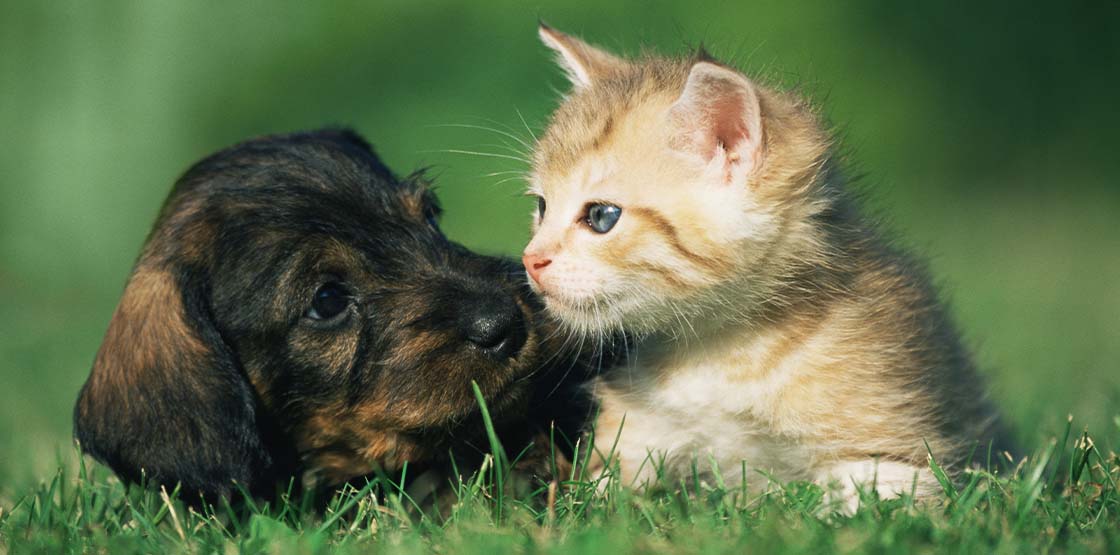What to Know About Breeding Animals
It’s impossible to avoid the controversy that surrounds breeding animals. Sadly, the horrendous conditions in puppy mills and some large-scale breeding operations mean that animals live their short lives in squalor, with little human contact. However, it is possible to breed animals on a small scale with the aim of rearing healthy youngsters with excellent temperaments. These are the pets who will bring pleasure to their new families for many years to come. Whether it be cats or dogs, here’s what to know about breeding animals.
Preparing to Breed Animals
This is the research phase. So, now is the time to see if enough people are looking for the type of pet that you are thinking of breeding. Check out websites and owners’ clubs to see what demand there is and how much competition you will face. If there are already lots of other people who are breeding the same type of high-quality animal, you may find yourself in a situation of not being able to find suitable homes once the animals are born.
Then, you need to develop your knowledge on the mating process for the animal you are looking to breed. You’ll need to understand the best time for mating, the gestation period before the young are born and have an awareness of medical conditions that can happen during the pregnancy
What Is Needed for Animal Breeding?
Suitable Breeding Animals
First of all, you need an excellent example of the species you are planning to breed. This means they should meet the guidelines for height, weight, coloring and temperament. For dogs, that means checking the breed standard with organizations such as the American Kennel Club and for cats, the Cat Fanciers Association.
There will also be recommendations for genetic testing, which should be carried out before breeding. This might include x-rays to check for hip dysplasia or visits to a specialist for veterinarian eye examinations.
Aside from optimal physical health, the animals also need to have excellent temperaments. Anxiety can be a genetic problem which can be passed down to the next generation. For dogs, their working ability may also be a consideration. For example, a Border Collie may need to show excellent herding abilities to encourage interest in the pups.
Space in the Home
While breeding small reptiles may not take up much space, a litter of 12 Great Dane puppies will need lots of room! It’s also important to understand that different types of space will be required at different stages in the breeding process. So, when the young are first born, a quiet environment is needed where the temperature can be carefully controlled, and there should be minimal noise and disruption. As they get older, the youngsters need to become more used to people and the sounds of everyday life; this is when they need to move to a busier area in the home.
You May Also Like:
Related Search Topics (Ads):
Equipment and Feed
This will vary hugely depending on the species, but even the smallest of rodents, such as mice, need special set-ups to prevent problems. That’s because male mice need to be removed and placed in a separate cage before the young are born. This ensures that the female does not become pregnant again too quickly, and it stops the male from killing the young.
For dogs, you will need a special whelping pen to keep the puppies safe. These are designed so the pups are unable to climb out, but the mother is able to come and go as she wants to. Most boxes also include a low railing fixed to the inside of the box, often called “pig rails”. These prevent the pups from being accidently crushed or smothered by the mother when she rolls over during birthing or while sleeping.
The female will also need extra food to sustain her through the pregnancy, and it will not be long before the young are ready to start eating solid food. For some species, such as puppies and kittens, that will mean specially formulated foods that provide all the nutrients needed for their growing bodies.
Dedicated Amounts of Time
Along with the need to clean and feed, you will also need to handle the young to ensure they become comfortable around people and are ready for their new home. Of course, it is unavoidable that you will also spend hours watching a litter of kittens or puppies playing.
Pros of Animal Breeding
When done with careful planning, you ensure the ongoing availability of well-cared-for and sociable youngsters. Also, selective breeding provides the opportunity to improve a species by reducing the likelihood of health conditions and developing a trait such as hunting or herding.
Cons of Animal Breeding
Every year, millions of homeless animals are euthanized. Breeding more animals reduces the opportunity for one in rescue to find their forever family. Also, medical problems are not unusual during a pregnancy, and you may find that any plan for profit disappears to pay for veterinary care.
Of course, young animals need a lot of time and attention to ensure that they are socialized and ready to move on to their homes; that is not taking into account the time you will need to spend cleaning up after them. Litters of puppies and kittens produce huge amounts of waste.

